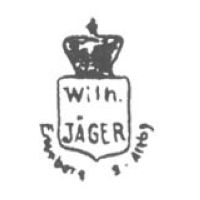
Image 011205-03-01
Used between 1911 and 1920, registered at the RWZR under №·155·178 on February 19th 1912.
The company was founded in 1869 and started off with thirty workers that produced coffee and tea sets followed by an additional range of special breakfast sets and restaurant ware. All items were mainly decorated in a copy of the original Meissen Zwiebelmuster ("Blue Onion") style and as that was very popular it was no surprise that business went very well. Success however was mainly based on the influence and knowledge of the silent partner Jäger who after various arguments with Mehlhorn finally decided to leave in early 1881.
Mehlhorn tried to continue alone but business declined rapidly and he was forced to sell the factory the same year. The businessman and later advisor of the Chamber of Commerce F.E. Mühlenfeld after a few minor modernizations continued with the same product range and due to his ideas and contacts he was not only successful in continuing the business but also increased quality and output of the factory before he merged with Wilhelm Jäger in the year 1911.
Under the leadership of Jäger the factory slowly grew and in 1913 the firm already employed 95 people and had even more increased its quality and output. Over the next years, Oscar Singer was established as manager and in the early 1930s he became proprietor next to Max Schiller. Together they managed very well and based on steady expansion plans the factory in 1937 already employed over 150 people. During the war the company was able to continue their work as production of decorated items had been cut back in favour of undecorated stapleware and the main workforce had been replaced by women. After the war and the founding of the German Democratic Republic in 1949 the company remained a privately owned business at first even if Oscar Singer was not at all a friend of the new regime.
On April 20th 1953 the district court seized the complete firm assets and deployed a trustee based on allegations that Singer had been involved in some dubious business but already in August of the same year Oscar Singer was rehabilitated and the whole process was reversed again. In 1956 the firm was transferred into a limited partnership (here: KG) and in 1958 the Deutsche Investitionsbank (German Investment Bank) was installed as a partner. This meant that the firm was now under state supervision and slowly but surely the business was steered into the direction of having to merge with the Eisenberger Porzellanfabrik F. A. Reinecke in 1960.
The factory officially still remained a private venture even though the state influence was noticeable. The last bit of freedom was given up in 1973 when the company was fully nationalized and merged with different other companies under the name of VEB Spezialkombinat Porzellan Eisenberg (see there). But the combine itself only existed until 1976 and then the former Porzellanfabrik Wilhelm Jäger was put under supervision by the VEB Vereinigte Porzellanwerke Kahla, which continued to use the factory until they finally closed it in 1979.

Image 011205-03-01
Used between 1911 and 1920, registered at the RWZR under №·155·178 on February 19th 1912.
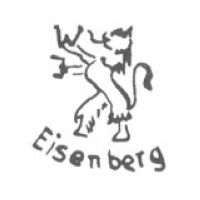
Image 011205-03-02
Used between 1920 and 1940, note the initials "WJ" for Wilhelm Jäger that are held by the lion.
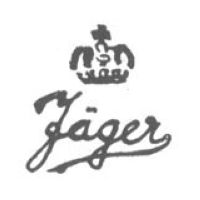
Image 011205-03-03
Used around 1930.
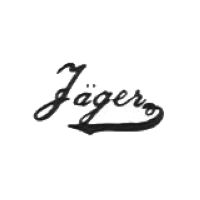
Image 011205-03-04
Used between 1930 and 1940.
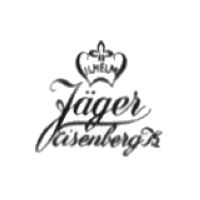
Image 011205-03-05
Used between 1930 and 1940.
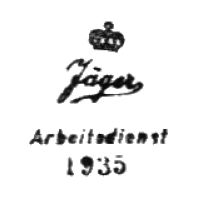
Image 011205-03-06
Used 1935, with "Arbeitsdienst 1935" addition.
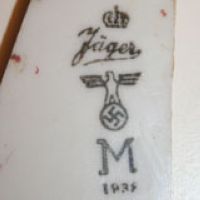
Image 011205-03-07
Used 1938, here with the large "M" for "Marine" showing the pieces were made for the German Navy.
(Picture: Jørgen Marken)
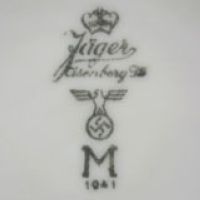
Image 011205-03-08
Used 1941, here with the large "M" for "Marine" showing the pieces were made for the German Navy.
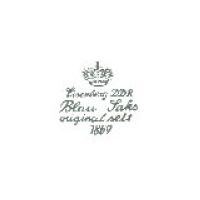
Image 011205-03-09
Used between 1950 and 1960, "Eisenberg DDR" above "Blau Saks" above "Original seit 1869" ("original since 1869").
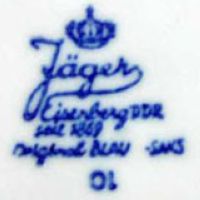
Image 011205-03-10
Used between 1950 and 1960. Crowned "Jäger Eisenberg DDR" above "seit 1869" above "Original Blau Saks".
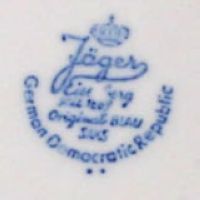
Image 011205-03-11
Used between 1950 and 1960. Crowned "Jäger Eisenberg" above "seit 1869", "Original Blau Saks" and "German Democratic Republic".
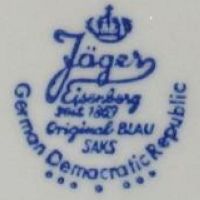
Image 011205-03-12
Used between 1950 and 1960. same as before. Note the different number of dots under the "GDR" statement.
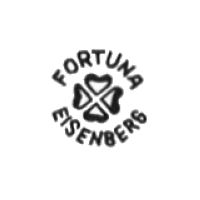
Image 011205-04-01
Used between 1960 and 1973.
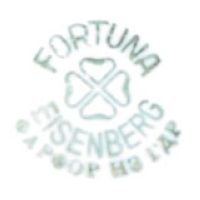
Image 011205-04-02
Used between 1960 and 1973, here a version for the Soviet market.
© 2004-2025 C.S.Marshall, all rights reserved